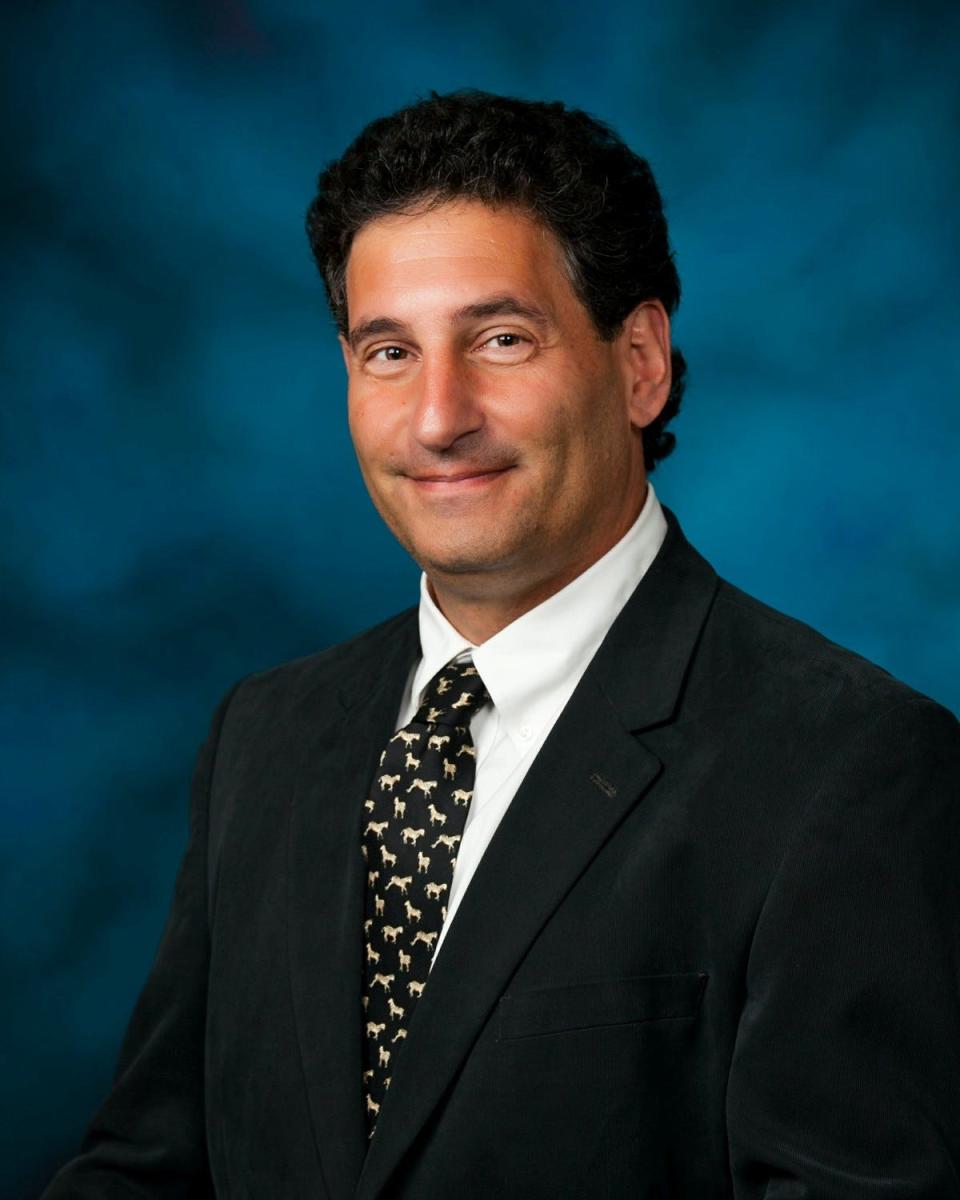What's Up Doc? Is ultrasound therapy right for a soft-tissue injury?
Q: I hurt my thumb and the orthopedist referred me to a physical therapist. In order to immobilize/rest it, the PT made a brace for me. We also discussed exercises and other things I could do, and I was treated with ultrasound therapy. What does the ultrasound treatment do?
A: Therapeutic ultrasound is a very common treatment that has been around for decades. It is used for soft tissue injuries such as injuries to ligaments, tendons, muscles and tendon-bone junctions, as well as for certain other conditions, such as wound healing, as an adjuvant treatment for some tumors, to treat erectile dysfunction, and for other conditions.

Soft tissue therapeutic ultrasound transmits high-frequency energy via acoustic mechanical vibrations (sound waves, but outside frequencies that we can hear). The ultrasound frequency used is typically in the 0.75 to 3 megahertz range; lower frequencies have higher wavelengths, and hence penetrates deeper into the body. The amount of energy absorbed by tissues within the body depends on the characteristics of the ultrasound signal (the frequency, intensity, amplitude and focus of the beam) as well as the pathway to and characteristics of the tissue itself.
The ultrasound energy is thought to be beneficial via two distinct mechanisms:
Thermal effects: The energy of the beam heats up the body tissue; although not a great analogy, you can think of this as similar(ish) to an "internally applied" heating pad. Of course, if too much heating occurs it can cause a burn injury whether to the skin or deeper tissue.
Mechanical, non-thermal effects (called cavitation): Small gaseous bubbles are created in the tissue and then oscillate between expansion/compression as the ultrasound energy causes them to vibrate; although again this is not a great analogy, you can think of this as similar(ish) to an “internally applied” massage. “Stable” cavitation (a regular vibrating motion) is thought to have a beneficial effect on the soft tissues.
These mechanisms are thought to stimulate healing and repair of the injured soft tissue(s) possibly by increasing blood flow, reducing spasm, stimulating a therapeutically beneficial inflammatory response and/or by other mechanisms.
A therapeutic ultrasound session usually takes 5 to 15 minutes, with the duration of a session kept short enough to minimize any risk of adverse thermal injuries (burns, etc.) or other complications.
Despite its long history of use, there is limited clinical data verifying the benefits of therapeutic ultrasound (the data on wound healing and for certain other therapeutic uses is more extensive). Some data suggests that there is a greater benefit if this treatment is used in the early stages shortly after the initial injury.
Overall, complications of therapeutic ultrasound (such as burns or other complications) are very uncommon, especially when the treatment is administered by a well-trained clinician, such as a well-trained physical therapist. Many people treated with therapeutic ultrasound report decreased pain, increased range of motion, faster healing, faster return to normal activities, and/or other benefits from their treatments, despite the limited scientific data quantifying these benefits.
Given the overall safety of these treatments and the potential benefits, if ultrasound therapy is recommended by your treating clinician, it is likely worth giving it a try to see if you are someone who benefits from it.
Jeff Hersh, Ph.D., M.D., can be reached at DrHersh@juno.com
This article originally appeared on MetroWest Daily News: ultrasound therapy for a soft-tissue injury can benefit healing

